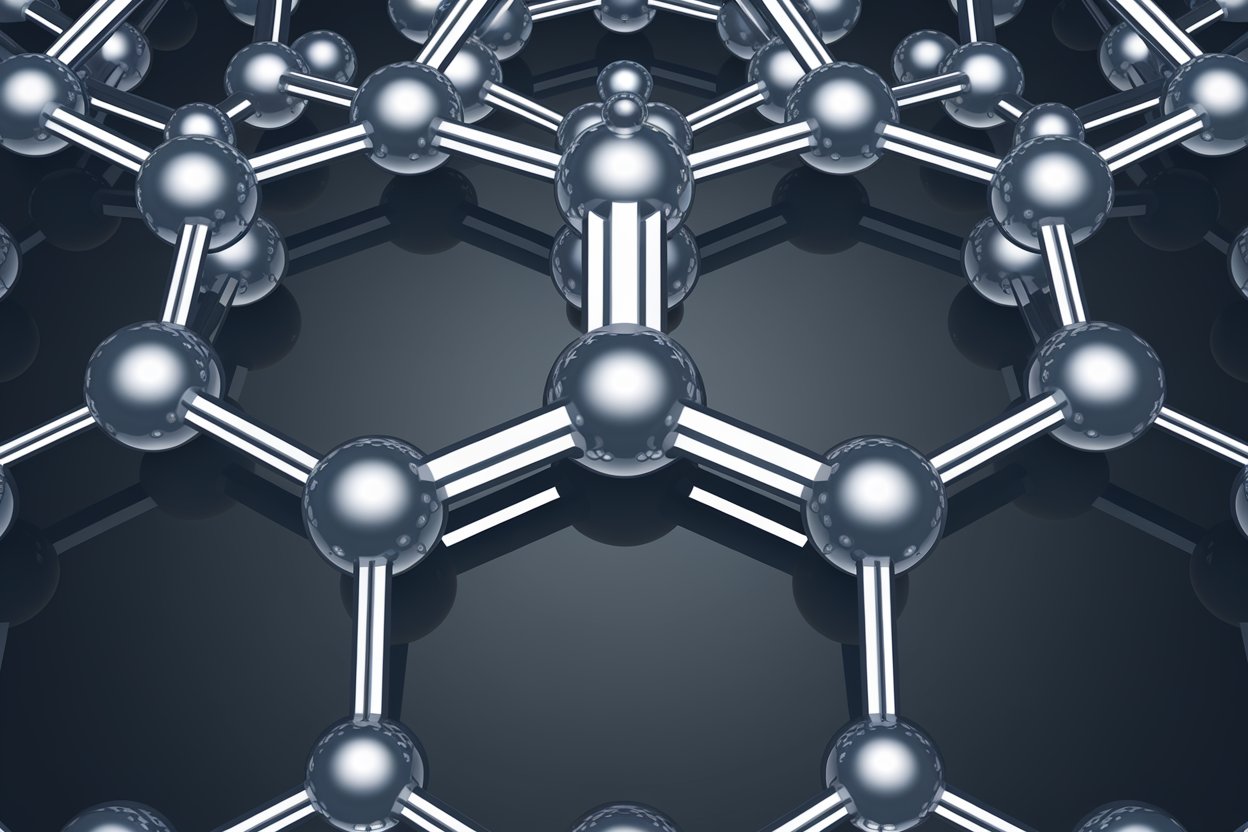
Indium(I) iodide might sound like a mouthful, but this compound holds some pretty cool secrets. Indium is a metal, while iodine is a non-metal, and when they combine, they create a compound with unique properties. Ever wondered what makes this combination special? For starters, indium(I) iodide is used in various high-tech applications, including semiconductors and lighting. Its chemical formula is InI, and it appears as a yellow to red crystalline solid. This compound is not just a lab curiosity; it plays a role in modern technology. Ready to dive into 25 fascinating facts about indium(I) iodide? Let's get started!
Key Takeaways:
- Indium(I) iodide, a yellow-orange compound, is used in electronics, catalysts, and alloys. It's important to handle it with care and explore its potential in new technologies.
- Indium(I) iodide's unique properties make it valuable in creating high-speed electronics, transparent coatings, and potential superconductors. It's a fascinating compound with diverse applications and ongoing research.
What is Indium(I) Iodide?
Indium(I) iodide is a chemical compound with the formula InI. It is a fascinating substance with unique properties and uses. Let's dive into some intriguing facts about this compound.
-
Indium(I) iodide is composed of indium and iodine, two elements from the periodic table.
-
The chemical formula for indium(I) iodide is InI, indicating one indium atom bonded to one iodine atom.
-
This compound is typically found in a yellow or orange crystalline form.
-
Indium(I) iodide is known for its high melting point, which is around 350°C (662°F).
-
It is often used in the synthesis of other indium compounds due to its reactivity.
Uses of Indium(I) Iodide
Indium(I) iodide has several applications in various fields. Here are some of its notable uses.
-
In the semiconductor industry, indium(I) iodide is used to create indium phosphide, a material essential for high-speed electronics.
-
It serves as a precursor in the production of indium tin oxide (ITO), a transparent conductive coating used in touchscreens and solar cells.
-
Indium(I) iodide is employed in organic synthesis as a catalyst for certain chemical reactions.
-
It is also used in the preparation of indium-based alloys, which have unique properties like low melting points and high thermal conductivity.
-
In the field of materials science, indium(I) iodide is studied for its potential use in creating new types of superconductors.
Chemical Properties of Indium(I) Iodide
Understanding the chemical properties of indium(I) iodide can provide insights into its behavior and reactivity.
-
Indium(I) iodide is a binary compound, meaning it consists of only two elements.
-
It has a molar mass of 227.72 g/mol.
-
The compound is soluble in water, forming a yellow solution.
-
Indium(I) iodide can react with oxygen to form indium oxide and iodine gas.
-
It is sensitive to moisture and should be stored in a dry environment to prevent decomposition.
Safety and Handling of Indium(I) Iodide
Like many chemical compounds, indium(I) iodide requires careful handling to ensure safety.
-
Indium(I) iodide can be harmful if ingested or inhaled, so proper protective equipment should be used when handling it.
-
It should be stored in a tightly sealed container to prevent exposure to moisture and air.
-
In case of contact with skin or eyes, it is important to rinse immediately with plenty of water and seek medical attention if necessary.
-
Indium(I) iodide should be handled in a well-ventilated area to avoid inhaling any dust or fumes.
-
Disposal of indium(I) iodide should be done according to local regulations, as it can be hazardous to the environment.
Interesting Facts about Indium(I) Iodide
Here are some additional intriguing tidbits about indium(I) iodide that you might find fascinating.
-
Indium was discovered in 1863 by Ferdinand Reich and Hieronymous Theodor Richter, who named it after the indigo blue line in its spectrum.
-
Indium(I) iodide is one of the few compounds where indium is in the +1 oxidation state, which is relatively rare for this element.
-
The compound's unique color and crystalline structure make it a subject of interest for crystallographers and chemists alike.
-
Indium(I) iodide can be synthesized by directly combining indium metal with iodine under controlled conditions.
-
Research is ongoing to explore new applications for indium(I) iodide in fields such as nanotechnology and advanced materials science.
Final Thoughts on Indium(I) Iodide
Indium(I) iodide, a fascinating compound, holds a unique spot in the world of chemistry. Its chemical properties and applications make it a subject worth exploring. From its role in semiconductors to its use in organic synthesis, this compound proves its versatility. Understanding these facts can help students, researchers, and enthusiasts appreciate the complexity of chemical compounds.
Learning about indium(I) iodide not only broadens your knowledge but also sparks curiosity about other elements and compounds. Whether you're a student preparing for exams or just someone interested in chemistry, these facts provide a solid foundation. Keep exploring, keep questioning, and remember that every element has its own story. Indium(I) iodide is just one chapter in the vast book of chemistry. Happy learning!
Frequently Asked Questions
Was this page helpful?
Our commitment to delivering trustworthy and engaging content is at the heart of what we do. Each fact on our site is contributed by real users like you, bringing a wealth of diverse insights and information. To ensure the highest standards of accuracy and reliability, our dedicated editors meticulously review each submission. This process guarantees that the facts we share are not only fascinating but also credible. Trust in our commitment to quality and authenticity as you explore and learn with us.
